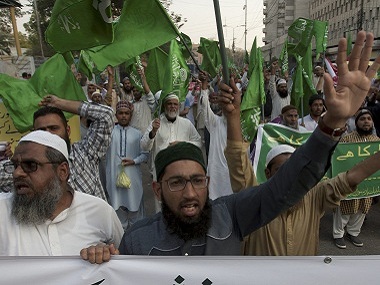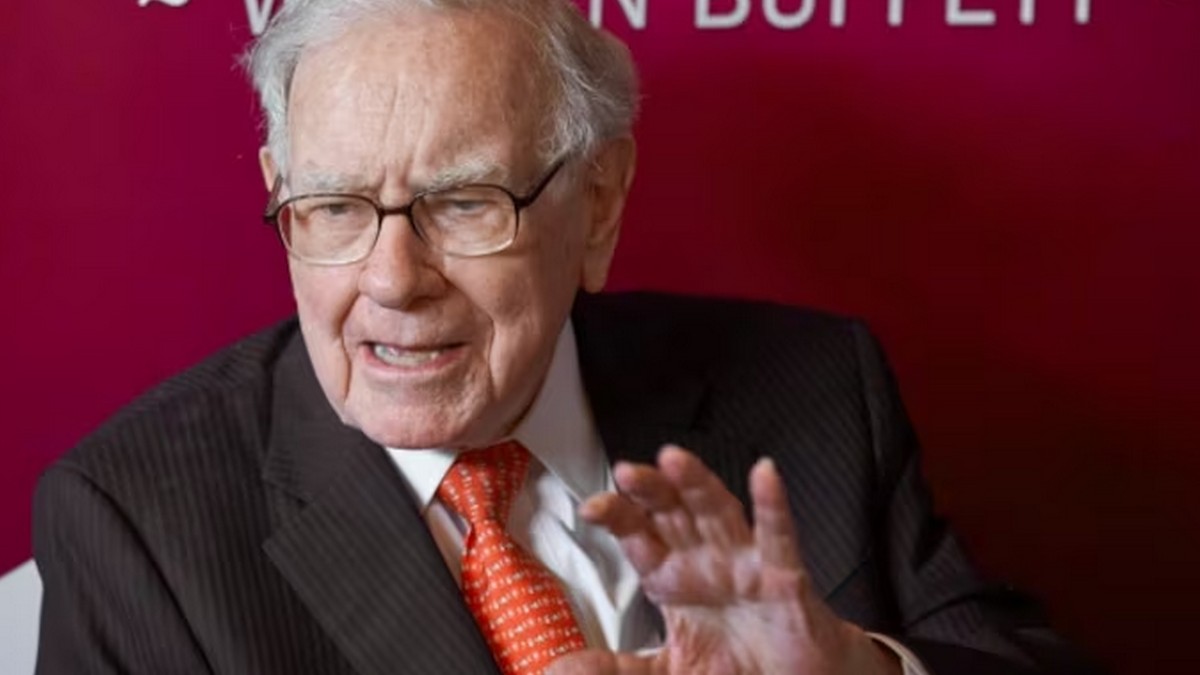An earlier article in Firstpost opined that the Lal Shahbaz Qalandar bombing in Pakistan has found resonance in India as well. It contended that the key arguments forwarded by the jihadists who bomb mosques and shrines in Pakistan do not shock us if they happen in Pakistan and Saudi Arabia. “But they are very much being discussed in the mainstream of Indian Muslims — very publicly in the Urdu press,” the article stated .
While we concern ourselves with the dubious narrative promulgated in the Indian Urdu press, we cannot simply overlook the Urdu press of Pakistan which spreads a complete narrative of denial. The extremist war on Sufi culture and tradition in Pakistan is spiralling out of control. But the portrayal of what happened in the Lal Shahbaz Qaladar shrine, in the Pakistani Urdu press is more worrying. In fact, the Urdu media’s narrative in the country amounts to endorsement of the dastardly acts in the name of ‘puritanical’ Islam.
On 16 February, 2017, Pakistan witnessed the deadliest terror strike on the country’s Sufi tradition. Scores of Sufi devotees who were engaged in a spiritual ceremony at the shrine of the Sufi saint Lal Shahbaz Qalandar were wantonly attacked. More than 100 people were killed and over 200 were injured in this suicide attack on the shrine located at the heart of Sehwan, a town in Sindh province, as reported in Dawn .
Notably, the Sufi mystic of the present-day Afghanistan and Pakistan, Lal Shahbaz Qalandar, popularly known as “Jhulelal”, endeared himself to both the Hindus and Muslims of Sindh. A contemporary of the well-known Sufi saint, Jalaluddin Rumi, “Jhulelal” came from Central Asia to Sindh in 1196. He established his Sufi order (silsila) in Sindh, Punjab and in the southern part of India along with the Chishti Sufi saint Baba Fariduddin and Suharwardi Sufi Bahauddin Zakaria. Having travelled around the Indian subcontinent, Lal Shahbaz Qalandar settled in Sehwan where his shrine is located. Regrettably, on 16 February, Qalandar’s shrine was attacked in a suicide bombing launched by the Islamic State’s Khorasan Province unit. This was the fifth terror strike in the country within a week. Women and children were among the worst-hit victims.
Not long ago, another Sufi shrine in Pakistan, Dargah Hazrat Shah Noorani was attacked in a similar deadly suicide bombing, as reported by the media . At least 90 people died and more than 100 others were injured in the suicide attack on the Sufi shrine located in Balochistan. In both the shrines of Lal Shahbaz Qalandar and Hazrat Shah Noorani, the sinister suicide bombing was targeted at the spiritually-inclined Sufi practitioners who were participating in a devotional session called dhamal.
Thus, it is not difficult to see as to why Sufi practitioners have been targeted in this spate of jihadist atrocities in Pakistan. Sufis are castigated as deviants from ‘puritanical Islam’ and are declared heretics and apostates ‘whose blood should be spilled to purge Islam of shirk and bid’at (deviations)’. This is the religious justification for the wanton killing of Sufis in Pakistan. It is underpinned by the theological ideologues of the entire extremist Islamist cult, whether IS, Al-Qaeda or Tehrik-e-Taliban Pakistan (TTP). The same rang true in the relentless attack on the famous Pakistani Sufi singer or Qawwal Amjad Sabri who was murdered in June 2016 at the hands of two Talibani terrorists in Karachi, as reported by Dawn .
But the Urdu media in Pakistan, in contrast to the English-language press, seeks to spread an untenable narrative of denial and conspiracy. It’s like conspiracy theorists are writing the editorials in the Urdu dailies across the border and, eventually, they help the extremist outfits further their obnoxious agendas.
Rather than clearly revealing the takfirist-jihadist motives behind the suicide bombing on the shrine of Sufi Lal Shahbaz Qalandar, a large chunk of the Urdu press in Pakistan is trying to divert the public attention from the real issue. Editorials in Pakistani Urdu newspapers blatantly refuse that the shrine attack was carried out by the extremist Islamists, even after the Islamic State’s Khorasan Province has claimed the responsibility. On the contrary, the Pakistani Urdu press theorises that all the terror attacks in the recent past were the “handiwork of the Indian agencies working with the Afghan administration”.
After every similar bomb blast in the country, a large section of the Pakistani Urdu press spreads the run-of-the-mill conspiracy theories making the headlines. The most fitting instance is that of Nawai-e-Waqt , an Urdu daily in Pakistan that earned prominence in the country’s news media as the guardian of Pakistan’s ideology with well-established centre-right and nationalist credentials. It writes in its editorial published on 17 February that “(it) cannot be denied that India lends support to the terror outfits wreaking violence, terror and nefarious activities of suicide bombing in various parts of the country (Pakistan)”. The editorial continues: “Through its intelligence agency of RAW (Research and Analysis Wing), India has spread its network in Balochistan and other provinces to train the terrorists and provide them with weaponry and funds so that they could keep playing havoc across the country”.
This Urdu newspaper also accuses Afghanistan of ‘providing the training grounds’ to the terrorists ‘patronised by India’. The editorial flogs the fiction that “New Delhi, with the mutual consent of Kabul administration, has established its consulates in various unknown cities of Afghanistan which are working as Indian centres to weaken the internal security of Pakistan”. It adds: “There is no iota of doubt that the very network of RAW patronises and finances the religious extremists in the FATA, Khyber-Pakhtunkhwa and Punjab”.
While condemnations are following the Lal Shahbaz Qalandar bombing, with politicians and religious leaders expressing their grief over the loss of precious lives, the Urdu media continues to spread the obsolete narrative of denial and a conspiracy theory. In a tenor similar to the Urdu press, several Urdu-language television channels in Pakistan have been quick to put the blame on India and Afghanistan. Some panellists on television have accepted that Pakistani youths have become ‘misguided’. But they did not come out of the denial mood to clearly and candidly expose those who lure them into terror ideologies. Thus, Urdu media in Pakistan fails to objectively analyse the situation and also fails to tell viewers to honestly introspect on what has gone wrong with the hardcore Islamists in Pakistan slaying Sufis and vandalising their shrines.
Accusing Afghanistan of giving refuge to terrorists and denying the home grown jihadist terrorists in Pakistan, most Urdu dailies shift the entire blame to the ‘secret agencies’ of India. This is a crazy bid to misguide the masses in the country. A sweeping blame game dressed in the form of news and commentary has been consumed by the sizable Urdu readership in Pakistan. From Nawai-e-Waqt to Jang, Khabrain, Daily Pak, Daily Ausaf and Jasarat, several major Urdu dailies in Pakistan buttressed the same baseless point: Indian intelligence agencies, particularly RAW, are responsible for not only common terror attacks but also the suicide bombings on the Sufi shrines. What has an Indian intelligence agency got to do with the suicide bombers already indoctrinated into takfirism?
This is a shameless violation of journalistic ethics by the Pakistani Urdu press.
It could be recalled that a similar media narrative was popularised in Pakistan in the wake of the nefarious Uri attack. Most Urdu newspapers in Pakistan had accused the Indian establishment of “staging” the Uri attack to “divert attention from the Kashmir issue”. However, some English-language newspapers in Pakistan, in contrast to the Urdu press, have not shied away from portraying the extremist Islamist war on the Sufi culture in Pakistan, instead of incorporating the conspiracy theories. The Express Tribune, the English-language Pakistani newspaper that offers global perspectives on local issues, carries an article that clearly points it out :
“And now Sehwan also goes down in history as yet another attack on a peaceful place of worship, which in its very ethos conflicts with, and was therefore targeted by, the dominant narrative of militant Islam… The tradition of Sufi Islam is still very much prevalent in our everyday life, through simple rituals, even when we struggle with rigid, monolithic interpretations of religion that have seeped into our society. Not allowing our inherent spiritual characteristics and indigenous Sufi traditions to dominate the discourse has led to this — an intolerant and violent society guised under religion, where human life is bartered for political gains”.
The author is a scholar of Classical Arabic and Islamic studies, a cultural analyst and researcher in Media and Communication Studies. He tweets at @GRDehlvi


)




)
)
)
)
)
)